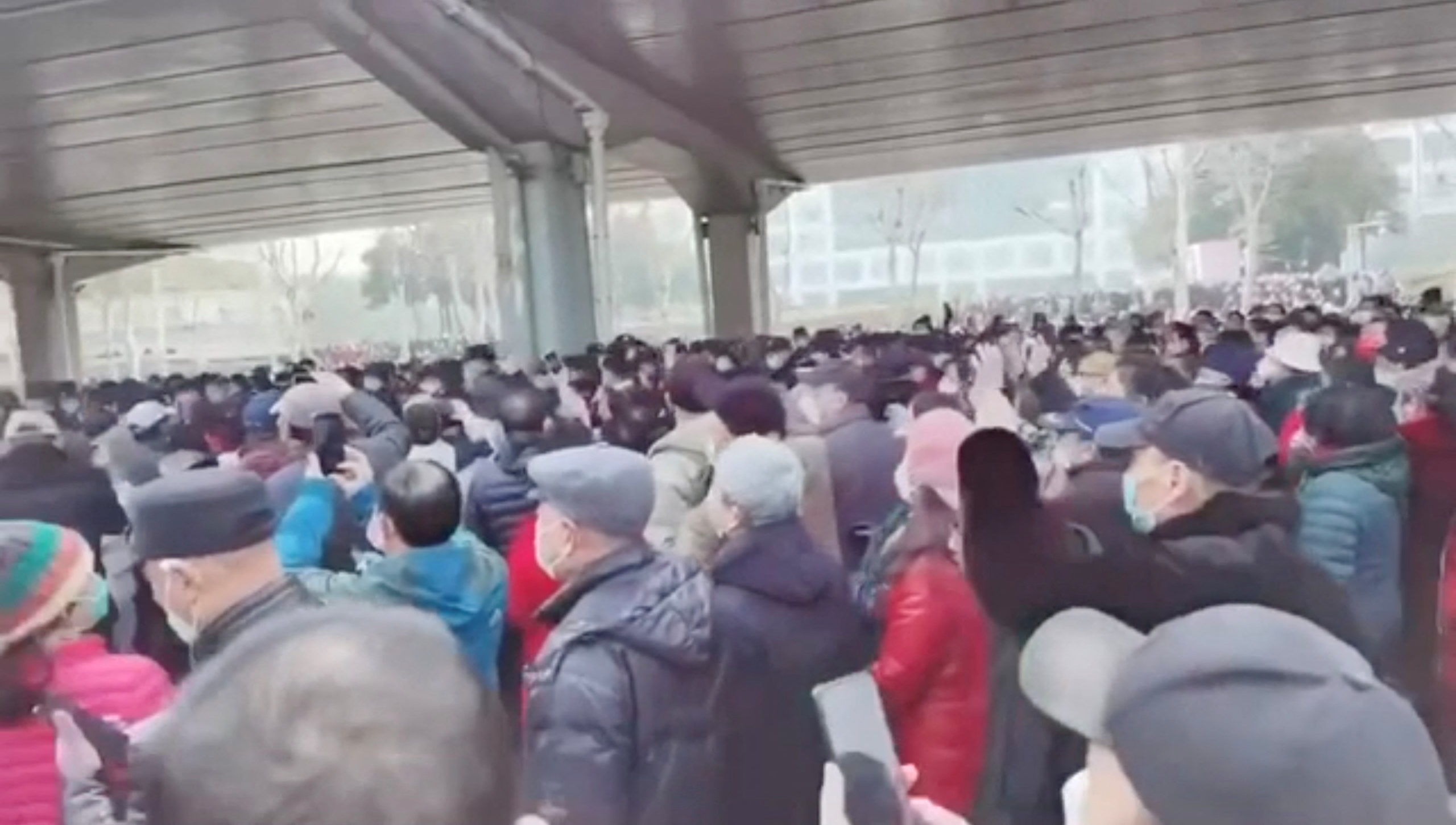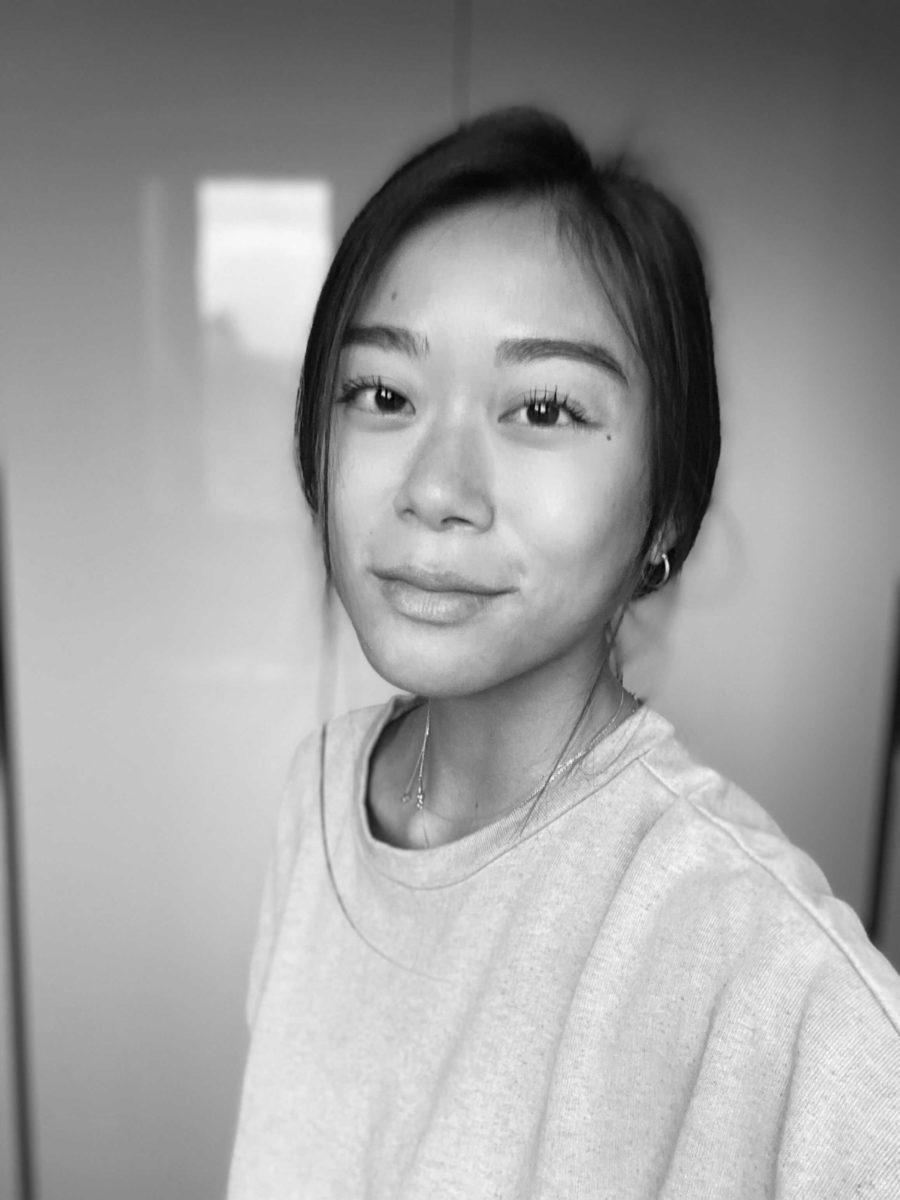Pensioners protest as China’s healthcare system struggles to recover from COVID spending
Crowds of elderly Chinese people took to the streets in Wuhan and Dalian to protest local healthcare reforms. While protests aren’t that rare in China, such public anger at its cash-strapped healthcare system may signal waning trust in the government.

A large group of elderly Chinese citizens protested in the streets of Wuhan today to voice their frustrations at new health insurance reforms, in the latest sign that China’s healthcare system is struggling to deal with the financial burden of its former COVID zero policy.
Video footage posted online by Reuters shows hundreds of mostly elderly people confronting police in Wuhan. Similar protests have also occurred in the northeastern city of Dalian in Liaoning Province.
Some people in the crowd chanted slogans such as “down with the reactionary government” and sang “The Internationale,” a 19th century anthem that has been widely adopted and sung by communists around the world.
The changes are aimed at reallocating funds in the healthcare system by transferring excess money from personal spending accounts to a state-controlled outpatient insurance fund. Without acknowledging the protests, Wuhan health authorities followed up with a statement about the reform, saying the move would increase costs in the short term, but “reduce the burden of their medical expenses” and, in the long term, offer more benefits for those with illnesses and the elderly.
But protestors have claimed that the move will actually reduce their access to medical care by making things more costly.
“I think it reflects the…agenda of the local governments: To reduce the funding for health insurance or healthcare, they can simply say that they are reducing the money they’re spending on the subsidies for personal accounts and use that for pooled accounts, but you never know whether they actually invested in the pooled account,” Yanzhong Huang, senior fellow for Global Health at the Council on Foreign Relations (CFR), said in an interview with The China Project.
“The pooled account — which is used to cover catastrophes — tends to be far less transparent,” Huang added. “This happened during the implementation of zero-COVID, you know, the misappropriation of money.”
Local healthcare systems are even more cash-strapped after COVID-zero
China’s healthcare sector has been stretched thin over nearly three years of COVID-zero curbs. A large chunk of public funds were spent on nation-wide pandemic control measures such as mass testing, centralized quarantine, and snap lockdowns.
“During zero-COVID, the government essentially spent a lot of money to implement that policy. My estimate is that they spent at least 200 billion yuan [$29.18 billion] just on PCR testing. They also spent a lot of money vaccinating the Chinese people in the beginning. This has all exacerbated local fiscal conditions,” Huang told The China Project.
Healthcare funds for regional and local governments have long been tight compared to the money allocated to broader, national schemes. That fiscal imbalance has become even more apparent due to the financial strain from China’s pandemic policy, with hefty expenditures for hospitals being built overnight, PCR testing for mass populations up to three times a day, and other measures.
Local authorities have in recent months tried to cut back on their spending, but that has largely come at the cost of healthcare benefits for the elderly, drawing public anger.
Protests aren’t that rare in China
While civil demonstrations aren’t commonplace in China, they also aren’t as rare as is often portrayed in Western media.
“Protests have been routine occurrences in China for decades, but the Chinese Communist Party’s leaders are not particularly worried about many of them,” Jeffrey Wasserstrom, professor of Chinese history at UC Irvine and author of Vigil: Hong Kong on the Brink, told The China Project. “The pattern since the Tiananmen protests and June 4 Massacre of 1989 has been to treat some [protests] as natural ways for people to express grievances and let off steam, while taking a very tough line on others.”
The China Dissent Monitor (CDM), a project run by the largely U.S.-state funded nonprofit Freedom House, has been tracking instances of protest since June 2022. They have documented more than 1,000 offline protest events between June and December.
“One thing the findings indicate is that such dissent is not rare in China,” Kevin Slaten, research lead for CDM, told The China Project today. “Our database includes 98 large-scale events with at least 100 protesters, and more than 540 with tens of protesters. In 36% of protests (more than 390 events), the target is the government.”
“These sorts of protests are common because citizens often have few effective institutional political channels to resolve grievances, and they resort to more contentious forms of advocacy to increase pressure on authorities to make concessions,” Slaten added. “Of course, this is not without risk. CDM has documented some form of repression in a quarter of cases and arrests in nearly 9% of cases.”
Isolated demonstrations, or a growing lack of trust?
“While protests may not be rare, the recent events in Wuhan and Dalian are notable in part for what is galvanizing them,” Slaten told The China Project. “It also remains to be seen if the insurance protests turn into a new ongoing decentralized movement, like we saw over zero-COVID, or the real-name complaints movement in summer 2022. It also does not appear that these events are linked to the zero-COVID protests last year. Again, dissent over livelihood issues are common,” Slaten added.
Others think that the demonstrations in Wuhan and Dalian have built off the momentum from the anti-COVID-zero protests that mushroomed up all over the country late last year, right before Beijing scrapped its yearslong pandemic policy.
“The Wuhan protest could be an isolated one, but it falls into the worrisome-to-Beijing category for two reasons,” Wasserstrom told The China Project. “First, it seems a sequel of sorts to what happened late last year. Second, a worry about healthcare is widely shared — it’s a concern that cuts across not just geographical borders but also class ones. And even if the people marching may all be older residents, many younger members of society might well think ‘that could be my parent or grandparent — I know what they are going through.’”
The immediate frustrations driving demonstrations have been “exacerbated by the lack of trust,” Huang told The China Project. “The COVID response, the incoherent narratives, actually exacerbated the trust problem. Even though I think the government is trying to convince the retirees that ‘it’s actually for your own benefits, that it’s good for you,’ they just don’t buy that.”
“I don’t think it would be treated as a one-off or an isolated incident. I think it highlights the presence of a volatile society,” Huang added. “In the post COVID era, local governments have been facing this fiscal squeeze for a while, and the society’s trust in the government has been eroded.”






